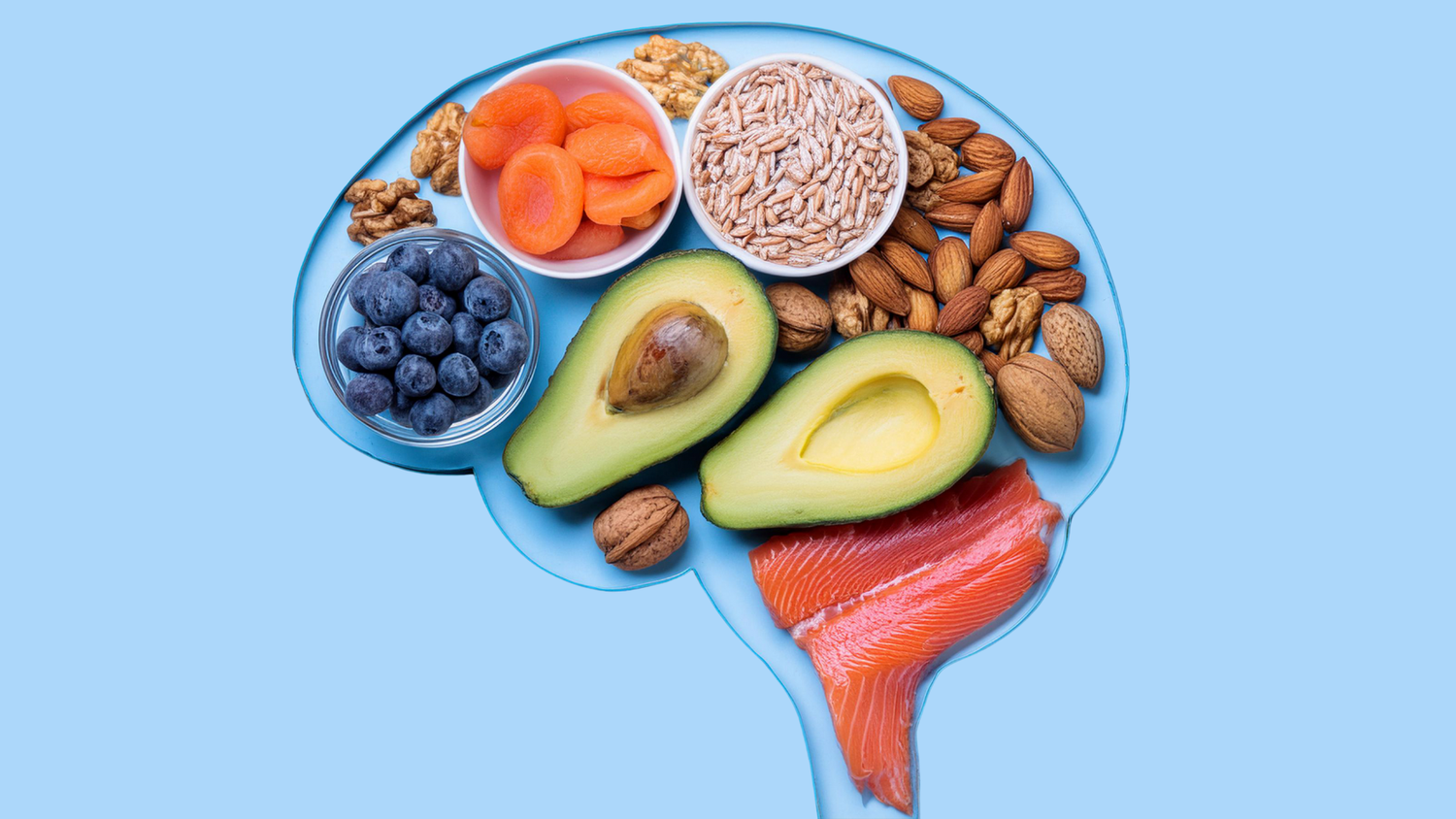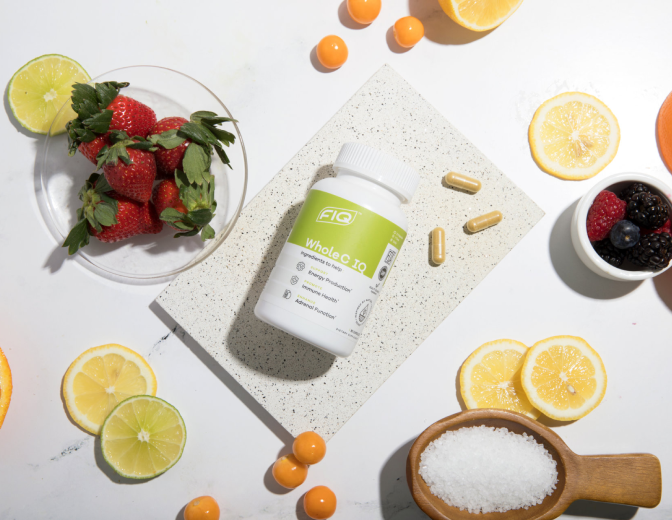Excess iron in brain tissue is more than just a biochemical imbalance. It can drive oxidative stress, neuroinflammation, and contribute to neurodegenerative conditions such as Parkinson’s and Alzheimer’s. While iron is essential for energy metabolism and neurotransmitter synthesis, too much stored in the wrong place becomes toxic.
So how can we help the brain clear this overload? Let’s look at what the science says.
Medical & Clinical Approaches
The most direct way to reduce brain iron is through iron chelation therapy. Chelators are compounds that bind excess iron and allow the body to excrete it.
- Deferiprone has been shown to reduce brain iron in both Parkinson’s disease and neurodegeneration with brain iron accumulation (NBIA). In a phase 2 trial, deferiprone treatment lowered iron content in specific brain regions as measured by MRI scans (Martin-Bastida et al., 2017).
- More recently, a New England Journal of Medicine study confirmed that deferiprone reduced nigrostriatal iron in Parkinson’s disease (Devos et al., 2022).
-
Interestingly, a 2025 JAMA Neurology trial in Alzheimer’s disease also showed deferiprone reduced hippocampal iron, although cognitive outcomes were mixed (Ayton et al., 2025).
Other chelators like deferoxamine also show protective effects in animal models of iron overload (Du et al., 2012), though they don’t cross the blood–brain barrier as effectively.
Phlebotomy (therapeutic blood removal) can reduce systemic ferritin, and while it doesn’t directly drain brain iron, lowering body iron stores may prevent further deposition.
Nutritional & Lifestyle Strategies
While prescription chelators are powerful, nutrition and lifestyle also play a role in balancing iron.
- Curcumin, the bioactive compound in turmeric, has been repeatedly shown to bind iron and reduce iron-driven damage. Animal models show it protects dopaminergic neurons through iron chelation (Du et al., 2012), and cell studies demonstrate curcumin lowers ferritin and suppresses iron-induced cellular stress (Rainey et al., 2019).
- A 2025 meta-analysis also found curcumin therapy significantly reduced serum ferritin and oxidative stress in patients with β-thalassemia (Mokgalaboni et al., 2025).
-
Other plant polyphenols like hesperidin and coumarin have been shown in mice to reduce brain iron and improve antioxidant defenses (Aalikhani et al., 2022).
On the dietary side, reducing red meat intake (heme iron), avoiding unnecessary iron supplements, and pairing iron-rich foods with calcium or polyphenol-rich beverages (like green tea) can help limit absorption.
Supporting Antioxidant Defenses
Since iron toxicity is mediated largely through oxidative stress, strengthening the brain’s defenses is just as important as reducing iron itself.
- Lactoferrin, a natural iron-binding protein, can cross the blood–brain barrier and sequester excess iron.
- Melatonin has also been shown to modulate metal balance and reduce oxidative stress.
-
Regular exercise improves systemic iron regulation and boosts brain resilience.
Key Takeaways
- Clinical chelation therapies like deferiprone show strong evidence for reducing brain iron burden, particularly in Parkinson’s and NBIA.
- Natural compounds such as curcumin and hesperidin offer complementary, gentler approaches that may support long-term brain health.
-
Lifestyle strategies: managing iron intake, balancing minerals like zinc and copper, and supporting antioxidant defenses. Round out a holistic approach.
Excess brain iron isn’t something to tackle alone. Always consult a healthcare provider and request lab work (serum ferritin, transferrin saturation, MRI if needed) before making any intervention. But with the right strategy, it is possible to manage iron balance and protect brain health.
If you’re looking to rebalance iron naturally, restoring proper copper status is key. Copper works hand in hand with enzymes that keep iron moving. This prevents it from building up where it doesn’t belong. Recuperate IQ provides a bioavailable, food-based form of copper designed to support healthy iron metabolism, oxidative balance, and overall cellular function. Learn more about how it can help your body restore balance the way nature intended.




